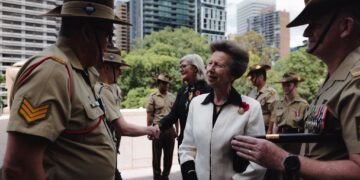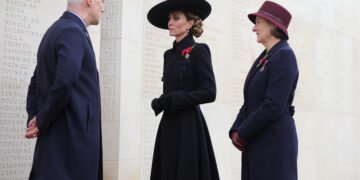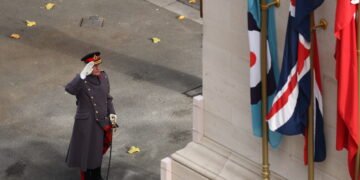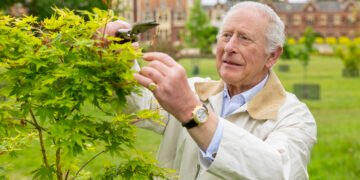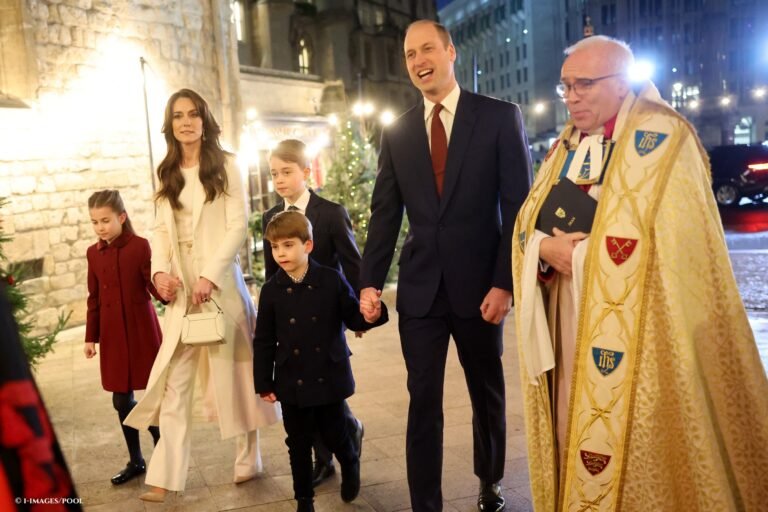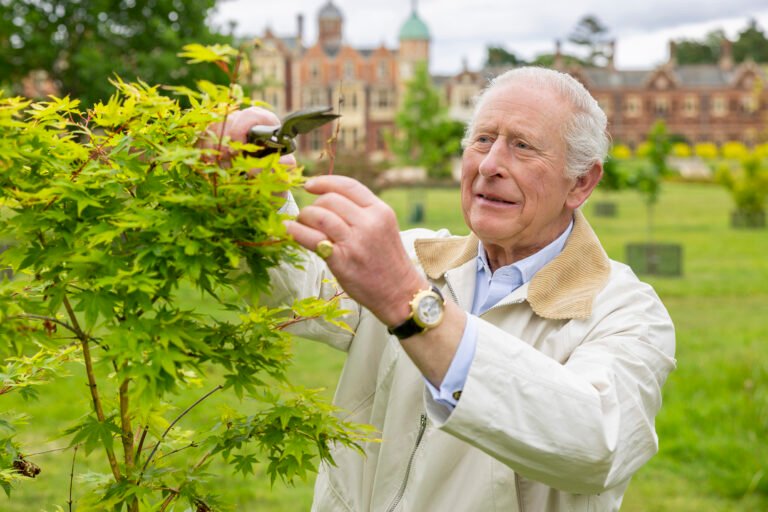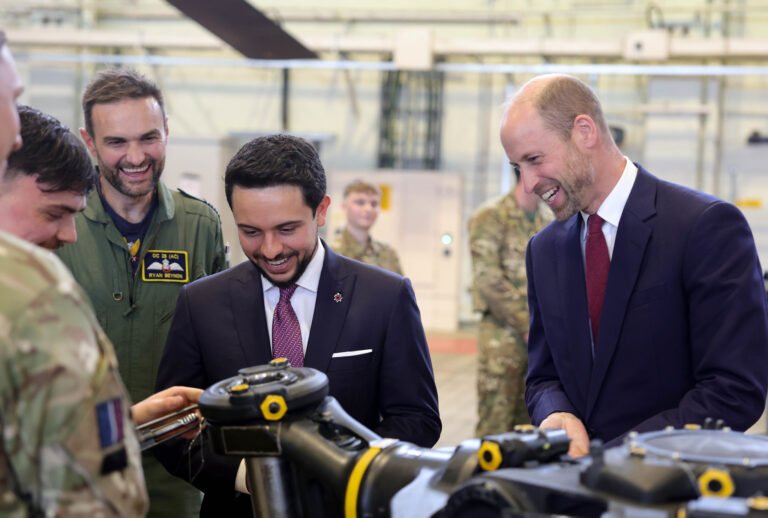On the second day of a whistle stop visit to Canada, King Charles opened the 45th Parliament in Ottawa.
Today marked the third time in history that the Canadian Sovereign opened Parliament, the last being opened by Queen Elizabeth II in 1977, the year of her Silver Jubilee.
King Charles and Queen Camilla were taken to the Senate Canada Building by the horse-drawn State Landau and were greeted by Prime Minister Mark Carney and Diana Fox Carney.
At the Senate, The King and Queen received the Royal Salute from the 100-person Guard of Honour from the 3rd Battalion, Royal Canadian Regiment.
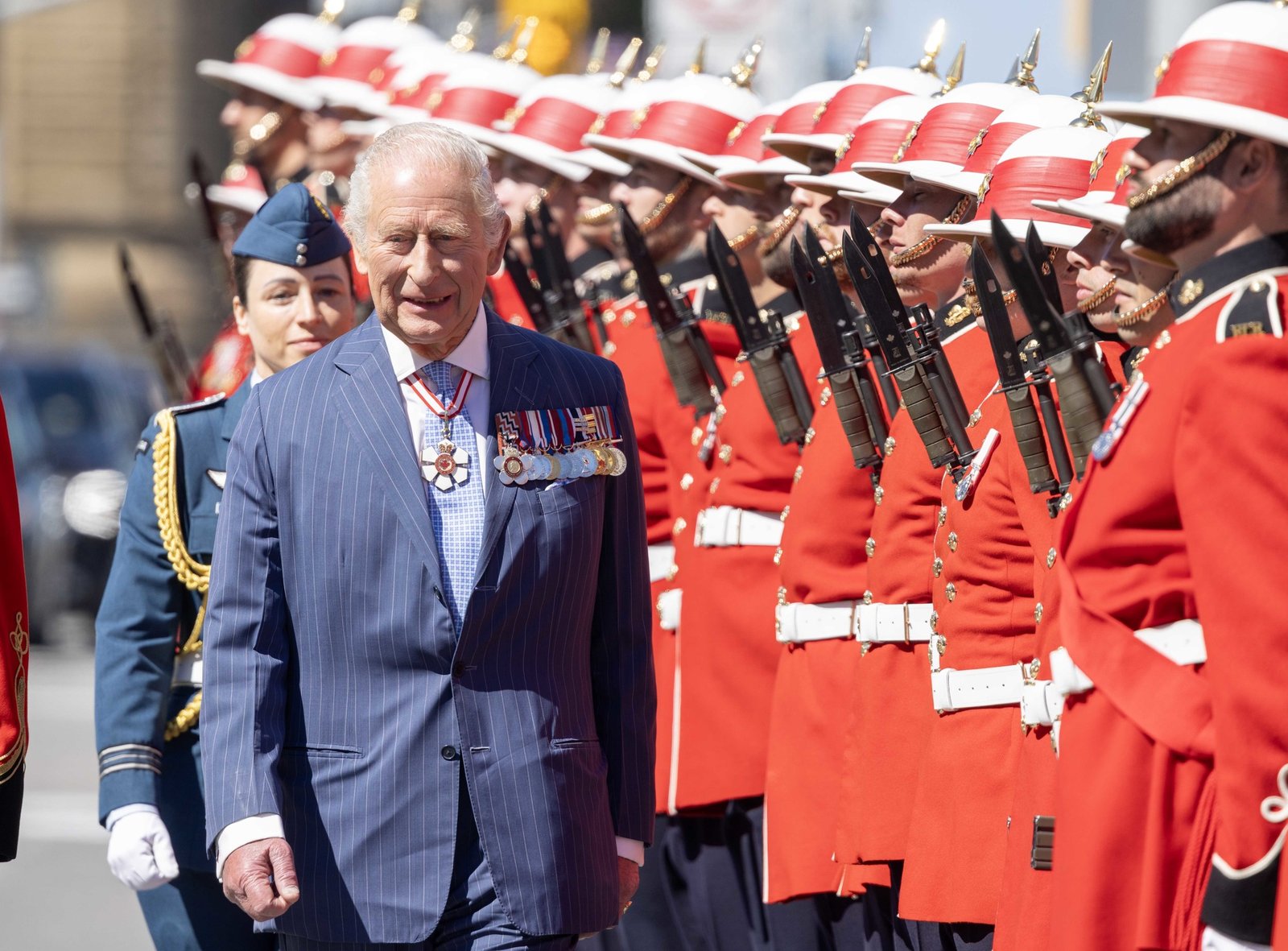
Wearing a suit, tie and medals – compared to his late mother who wore formal attire and a tiara in 1977 – His Majesty delivered the Speech from the Throne changing between English and French.
His words, written by the Government much like in the British State Opening of Parliament, set out the political agenda for the session, including proposals as the expansion of health benefits, the reduction of internal trade barriers and lowering taxes between Canada’s provinces.
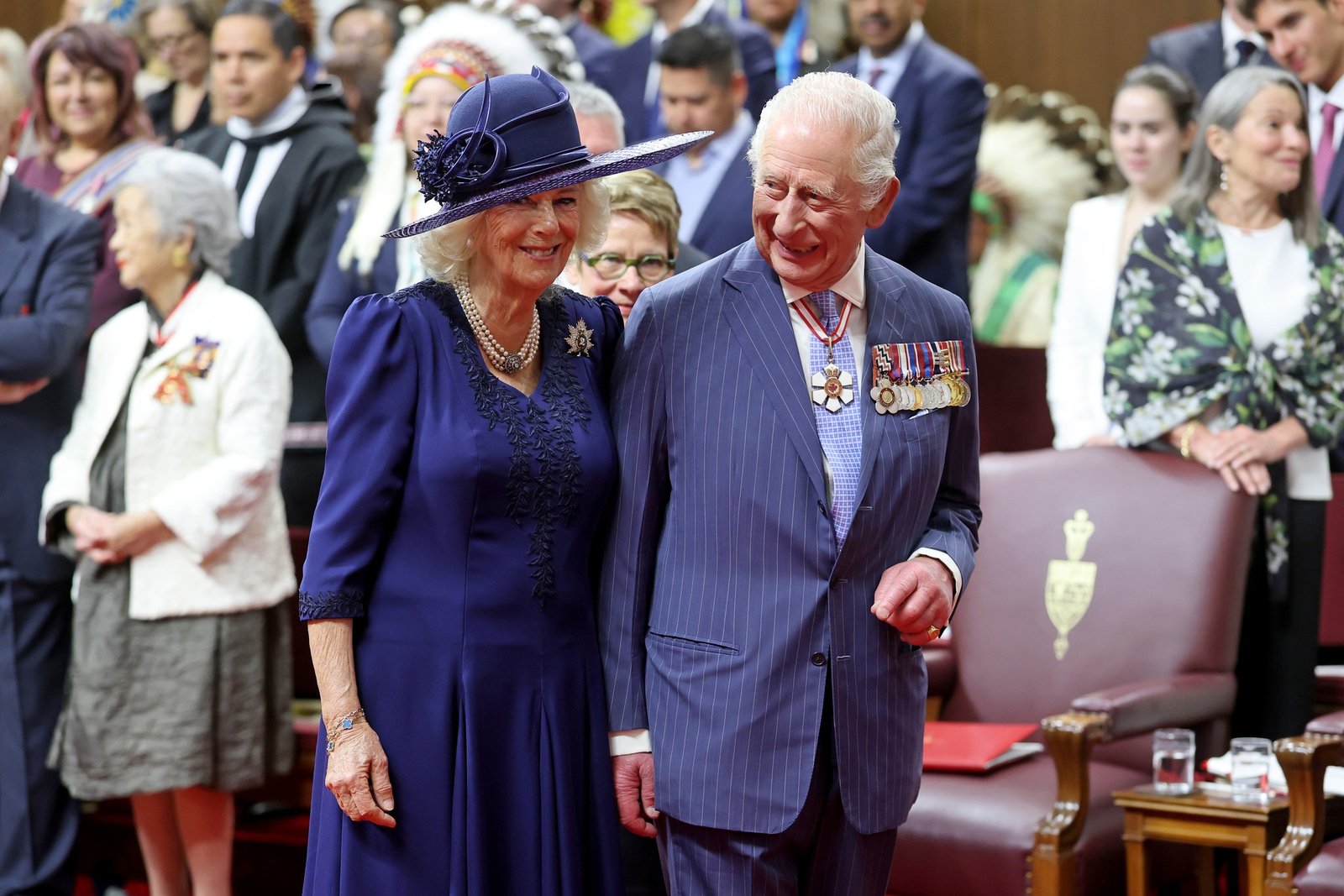
Speaking with ‘deep pleasure and pride’ being back in the north American nation, Charles opened by speaking of ‘Canadians coming together in a renewed sense of national pride, unity, and hope’.
He then mentioned the Algonquin Anishinaabeg people, on whose land the speech was taking place (in Ottawa): ‘This land acknowledgement is a recognition of shared history as a nation. While continuing to deepen my own understanding, it is my great hope that in each of your communities, and collectively as a country, a path is found toward truth and reconciliation, in both word and deed.’
Indigenous issues such as the legacy of residential schools, land rights and self government, and the disparity in education, health and other areas are still ongoing and part of the political discussion in Canada.
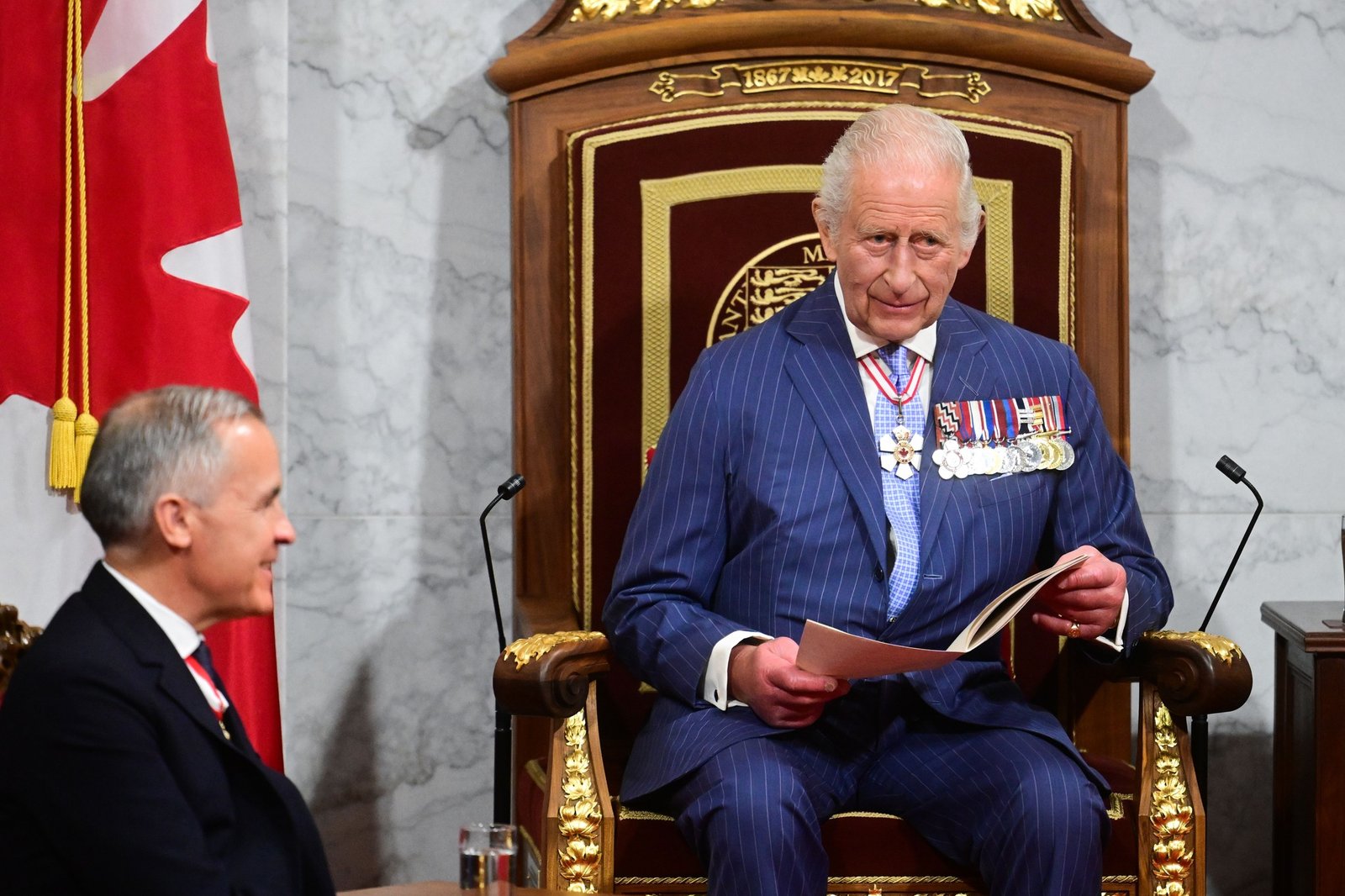
He remarked that this was his 20th visit to Canada but his first as Sovereign and that ‘every time I come to Canada, a little more of Canada seep into my bloodstream and straight to my heart’.
‘I have always had the greatest admiration for Canada’s unique identity, which is recognised across the world for bravery and sacrifice in defence of national values, and for the diversity and kindness of Canadians,’ he added, speaking of the ‘incredible richness of cultures, languages, and perspectives’ of the nation.
The 76-year-old mentioned how much the nation has changed since his mother opened Parliament and how the Crown is still a symbol for Canada: ‘The Crown has for so long been a symbol of unity for Canada. It also represents stability and continuity from the past to the present.
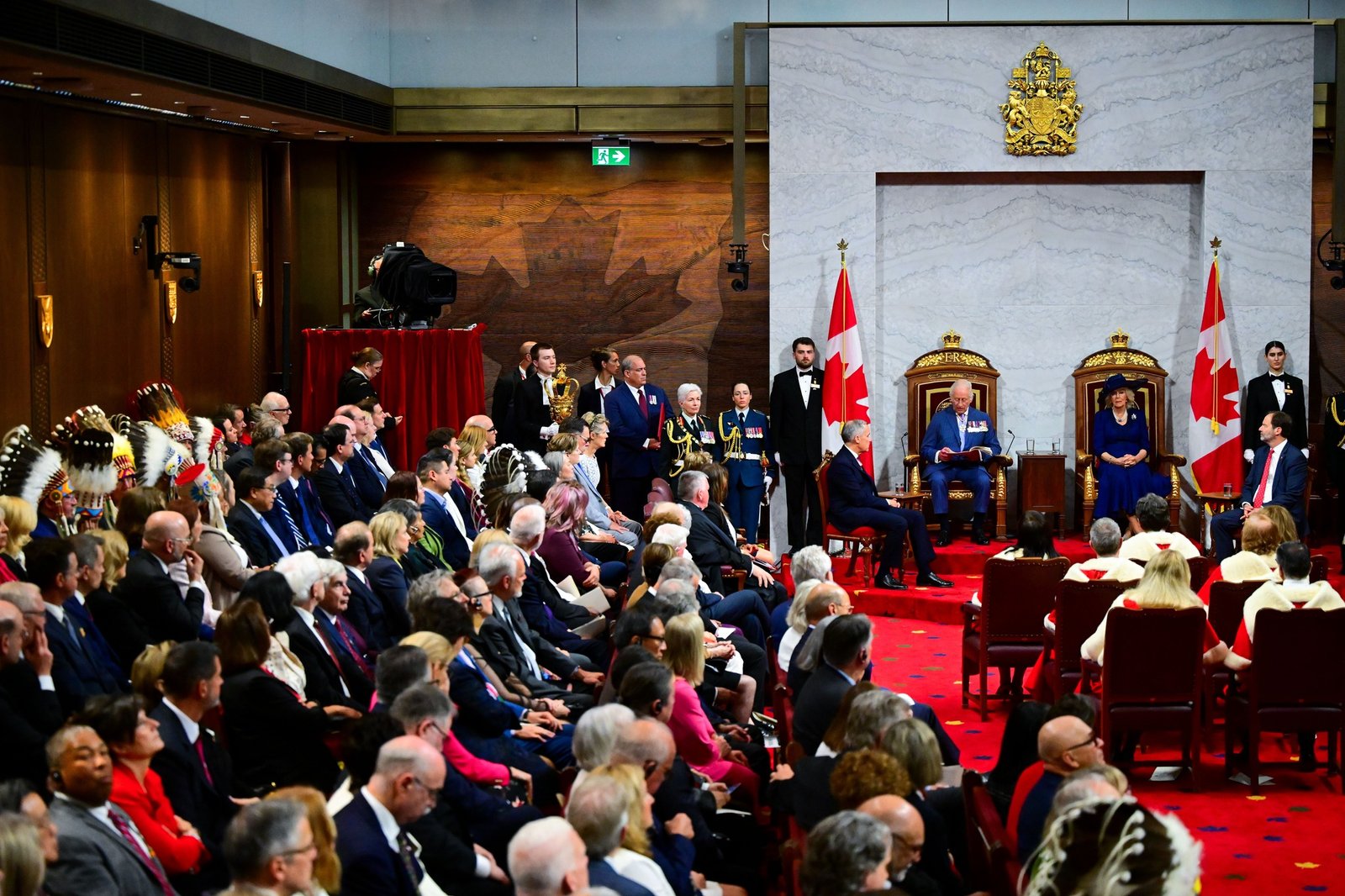
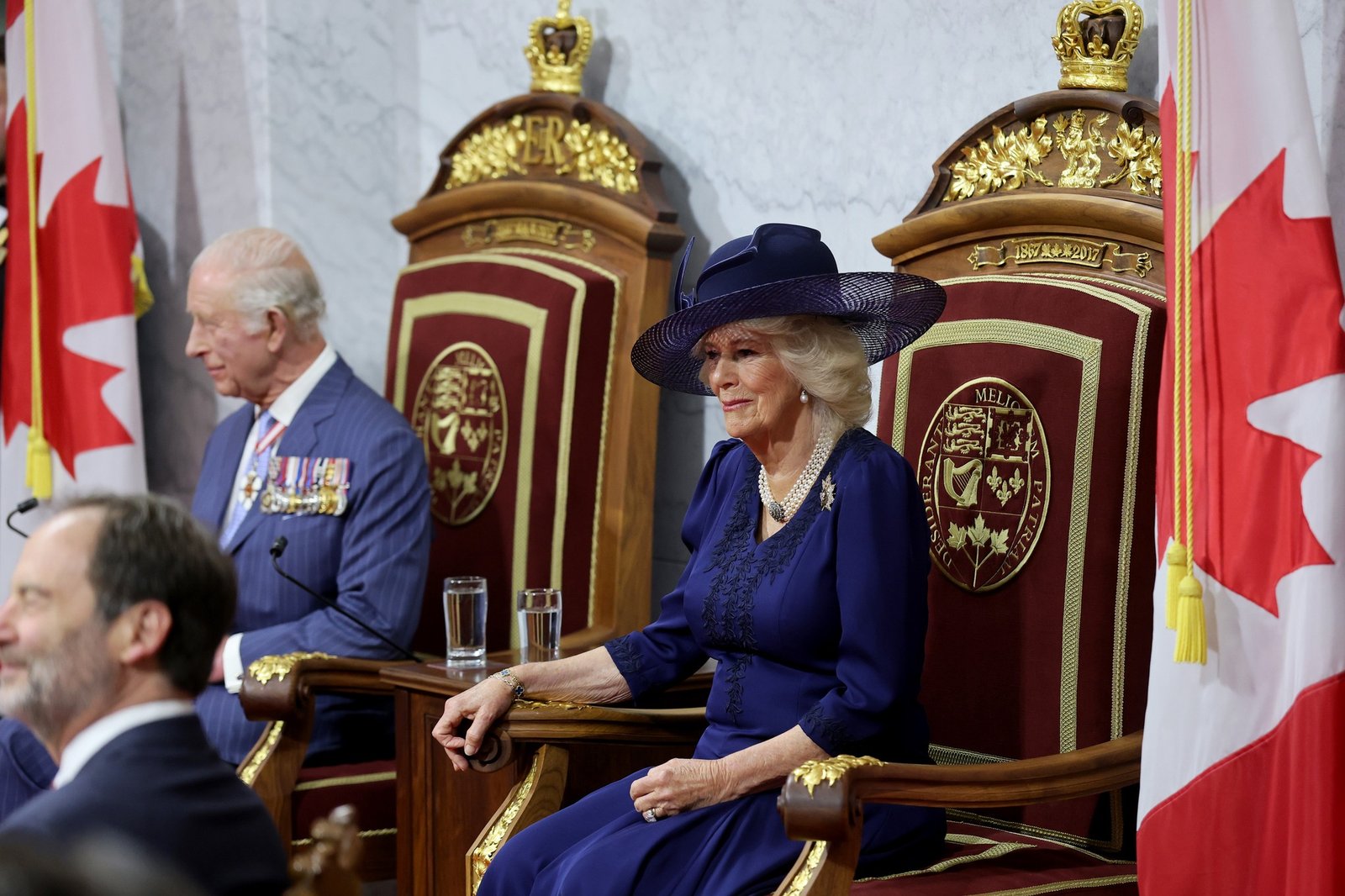
‘As it should, it stands proudly as a symbol of Canada today, in all her richness and dynamism’.
Speaking of many historic events since Elizabeth II’s last speech, he reflected on the situation today: ‘Today, Canada faces another critical moment. Democracy, pluralism, the rule of law, self-determination, and freedom are values which Canadians hold dear, and ones which the Government is determined to protect.
‘The system of open global trade that, while not perfect, has helped to deliver prosperity for Canadians for decades, is changing. Canada’s relationships with partners are also changing.’
‘When my dear late mother addressed your predecessors seven decades ago, she said that in that age, and against the backdrop of international affairs, no nation could live unto itself. It is a source of great pride that, in the following decades, Canada has continued to set an example to the world in her conduct and values, as a force for good.’
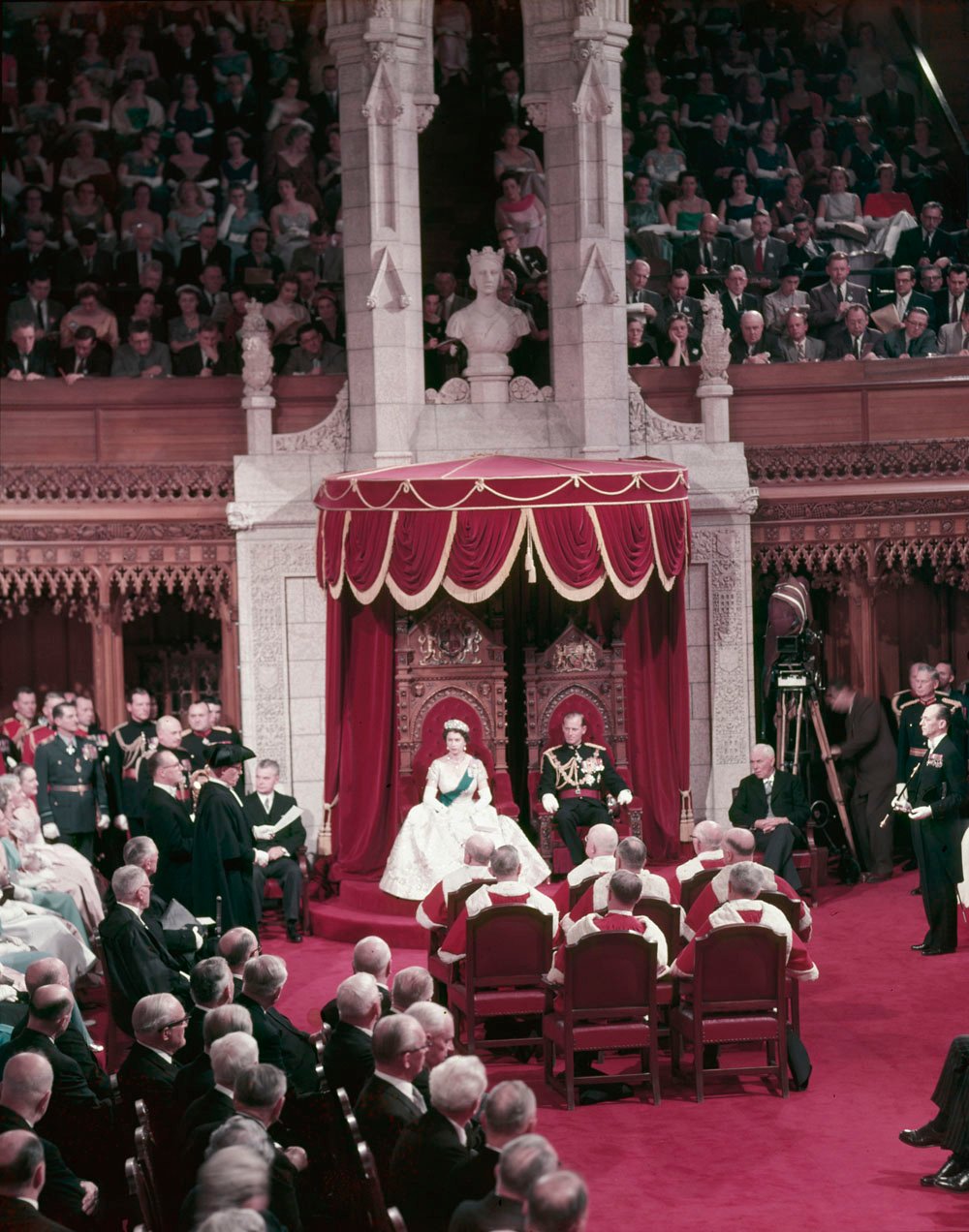
Wrapping up the speech, Charles received applause and a standing ovation from The Queen, Prime Minister and senators when he quoted the national anthem: ‘The True North is indeed strong and free!’.
It was so well received in light of recent comments from the US President, suggesting Canada become the 51 American state, and amidst the trade war. It is generally accepted that Mark Carney won the recent election on the back of Trump’s appointment, thanks to his rejection of Trump’s comments and reinforcement of the Liberal Party’s mostly contrary beliefs in a surge of nationalism.
The visit largely aimed to show solidarity with Canada from its King, since the invite came directly from Prime Minister Carney, but also highlight long-standing allyship with the UK and heritage with other European nations like France.
As senators and officials departed the Senate, the Prime Minister said: ‘It was a very successful visit. A good reminder of the strength of Canadian institutions’.
Back in 1957, Elizabeth II was the first Monarch to open a session of Canadian Parliament – her father, George VI had previously attended but never opened a session, meaning this was also the first time a King had performed the duty.
Afterwards, Their Majesties visited the National War Memorial and the tomb of an unknown Canadian solider. The soldier’s remains had been buried near Vimy Ridge in France, the site of a famous Canadian victory in the First World War, and were repatriated to Canada 25 years ago this year.
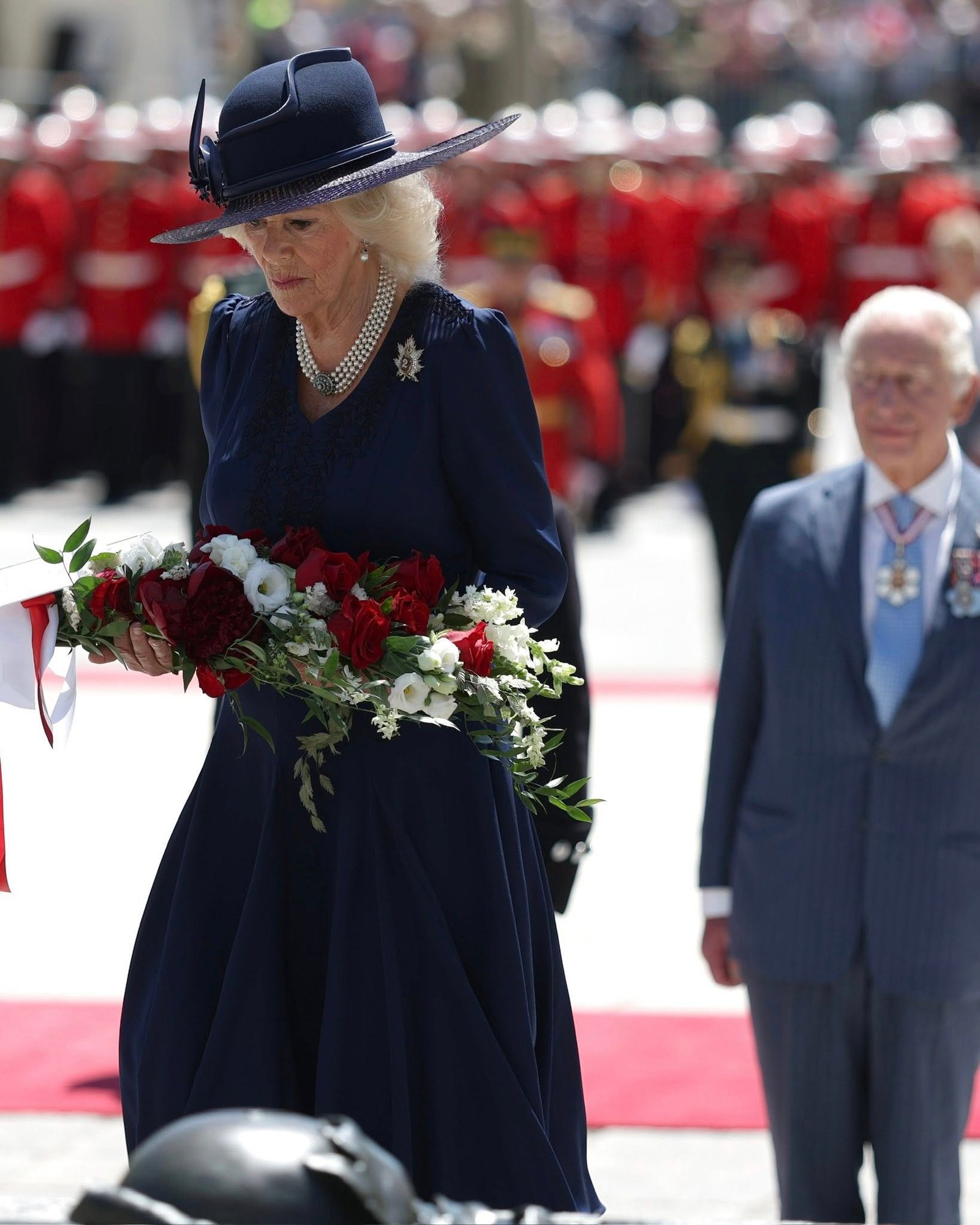
After a moment of silence, The King laid a wreath and The Queen laid flowers on the tomb. As they began to leave a voice from the crowd was heard shouting ‘Thank you for coming, Sir’.
This sombre event marked one of the traditional stops of a royal visit, and the end of a quick yet significant visit to Canada. With the amount of spectators out to see them, we saw how much interest the trip was.


